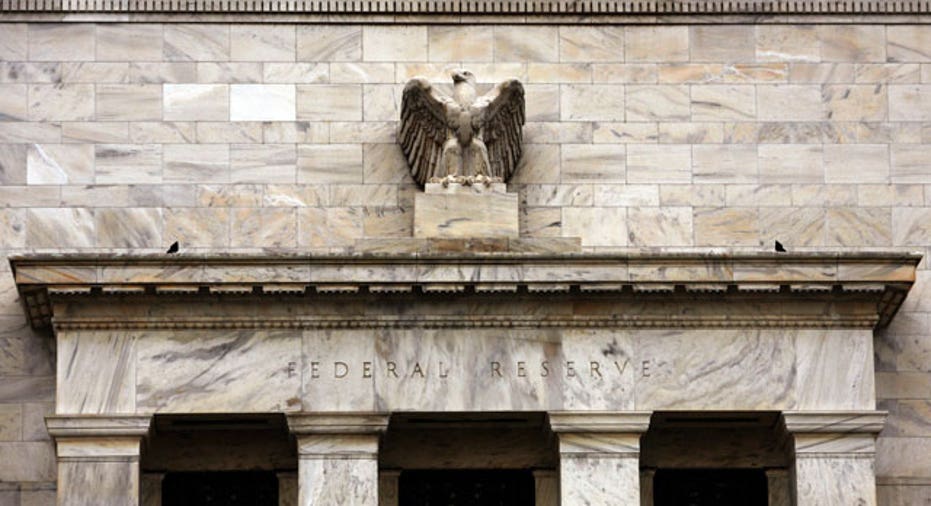FOMC Rate Decision Not Supposed to Be A Surprise

No one, apparently not even the voting members of the policy-setting Federal Open Markets Committee, knows what the Federal Reserve is going to do on Thursday.
It wasn’t supposed to be like this.
It was supposed to be like this: With transparency very much a priority for the Ben Bernanke and Janet Yellen-led Feds, the decision to eventually raise interest rates would be broadly telegraphed and no one would be surprised when the central bank finally announced liftoff.
New York Fed President William Dudley, an influential FOMC member and close ally of Yellen’s, said in a speech in Europe earlier this year that the criteria for raising rates had been “well specified” and “market participants should be able to think right along with policymakers, adjusting their views about the prospects for normalization in response to the incoming data.”
Dudley continued, “This implies that liftoff should not be a big surprise when it finally occurs, which should help mitigate the degree of market turbulence engendered by lift-off.”
China Happened
As it stands, whatever the Fed decides on Thursday when FOMC members release their policy statement after two-days of meetings will come as a surprise to markets. Consequently, markets will likely respond with renewed bouts of volatility.
When Dudley made his remarks in May everything was pointing to a September rate hike. The U.S. economy was showing signs of sustained growth, especially in labor markets, and inflation was widely forecasted to be rising toward the Fed’s 2% target.
But China happened on the way to that September liftoff, scaring global markets and apparently throwing a monkey-wrench into the Fed’s well-laid plans. Now uncertainty reigns.
An analysts’ note released Monday by Bank of America economists titled ‘Fed Watch: Game Day Decision’ is representative of the current mood.
“As we have noted, the September FOMC meeting remains a very close call,” the note states, adding that the Fed could begin “a very gradual normalization process by hiking 25 (basis points) in response to the cumulative improvement in the economy, particularly the labor market.”
Then this: “However, the decision likely will depend on market conditions into the September 16 and 17 meeting. Thus, recent financial market volatility and global growth uncertainties could lead the FOMC to temporarily postpone hiking.”
In other words, the analysts have no idea what the Fed is going to do.
‘Lack of Credibility’
One cause of the uncertainty is that the Fed has sent mixed messages in recent years regarding its strategy for raising interest rates. Perhaps those mixed messages stem from conflicting views within the Fed.
Inflation doves, a group that includes Yellen, have taken an extremely cautious approach, fearful that a premature rate hike could act as a drag on the long-running economic recovery by stalling economic activity. Inflation hawks, including Richmond Fed President Jeffrey Lacker, believe keeping rates too low for too long could lead to asset bubbles and runaway inflation.
David Kelly, chief global strategist at JPMorgan Funds, said the Fed’s shifting approach toward raising rates in recent years has left it “suffering from a lack of credibility.”
After lowering rates to their current near-zero range in December 2008 at the height of the financial crisis, the Fed said rates wouldn’t move higher until at least mid-2013, then late 2014, then mid-2015.
Then there was the flawed attempt to tie a rate hike to the unemployment rate. The Fed said interest rates would start moving lower when the unemployment rate reached 6.5% but then backed away from that plan after deciding the rest of the economy hadn’t healed enough to absorb the higher borrowing costs that will follow the rate hike.
Too Close To Call
Kelly noted the shifts in language as the Fed has bounced from one strategy to another.
“When unemployment continued to descend faster than the Fed expected, it abandoned both explicit time or data targets and said merely that rates would be near zero for a “considerable period” of time,” he said.
“Last December, it said that it would be ‘patient’ in raising rates and then in March it abandoned the ‘patient’ wording in favor of waiting for further improvement in the labor market and confidence that inflation would head back to 2%. Finally, at the end of July, it indicated that it only needed to see ‘some’ further improvement in the labor market.”
Now it seems that turbulent global markets caused by fears that China’s economy is slowing could lead the Fed to delay liftoff until later this year or even beyond. But no one knows for sure.
“Broadly, we believe that, while it is an easy call that the Fed should raise rates, whether they do or not is too close to call,” Kelly said.